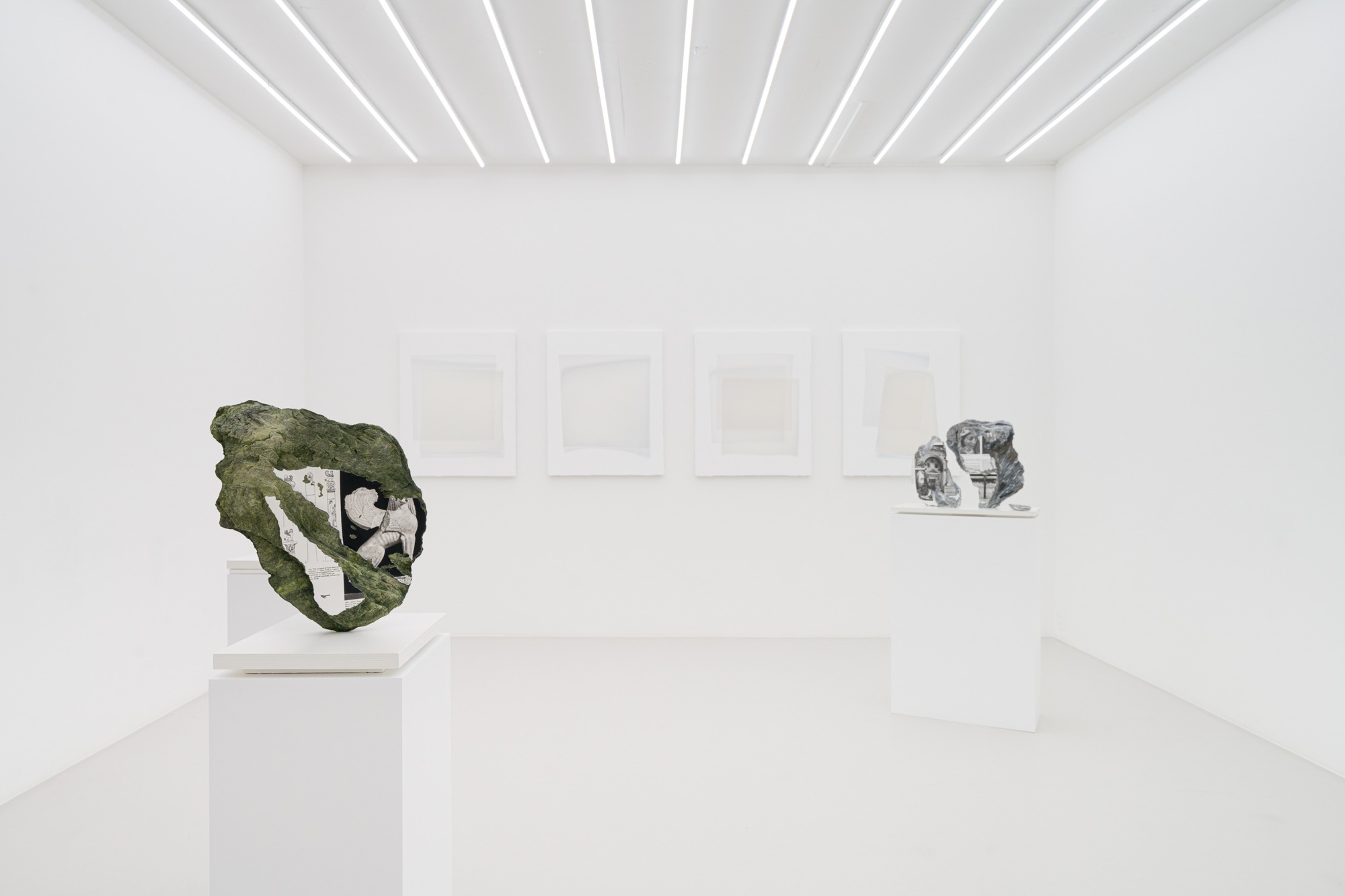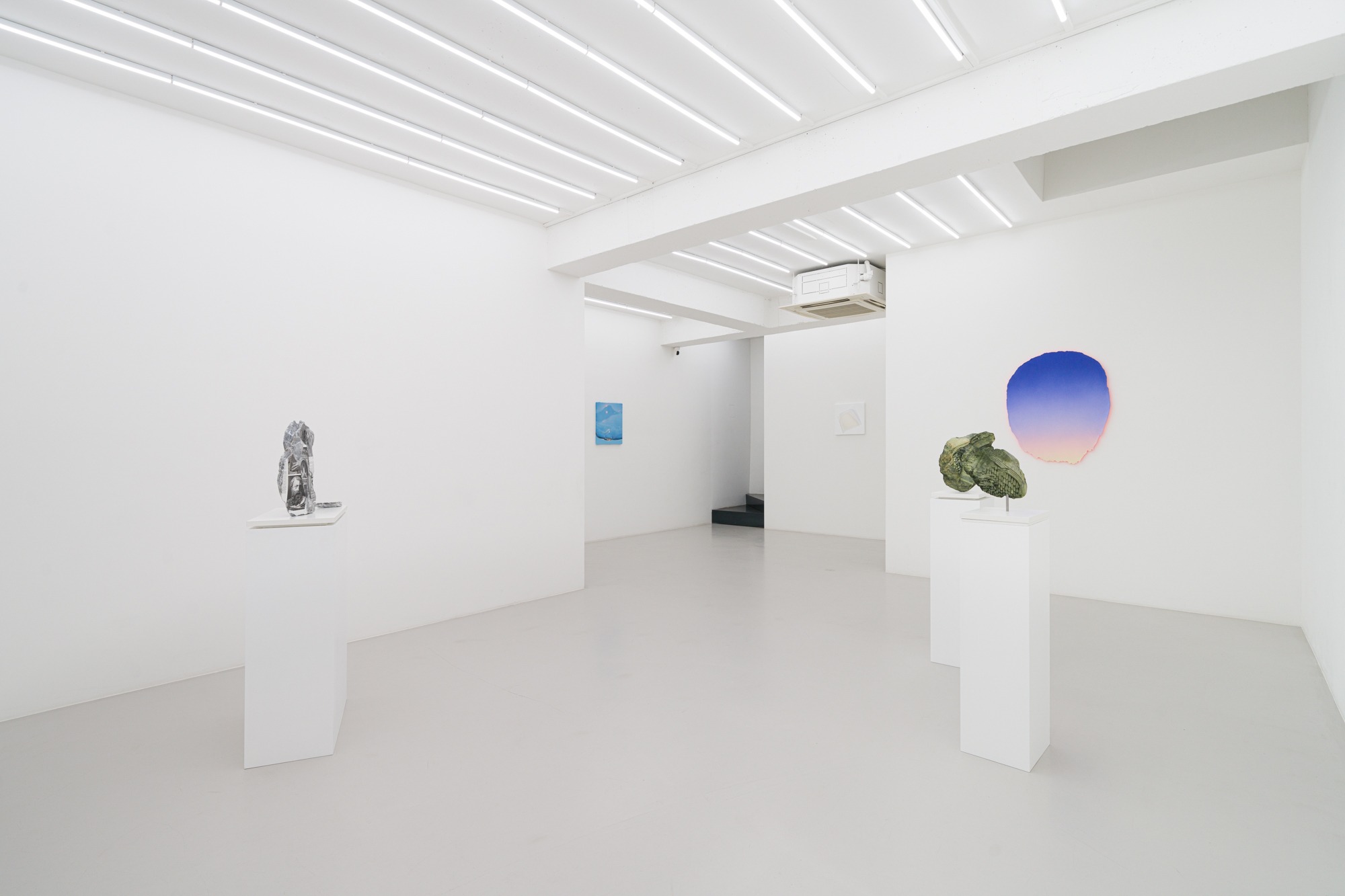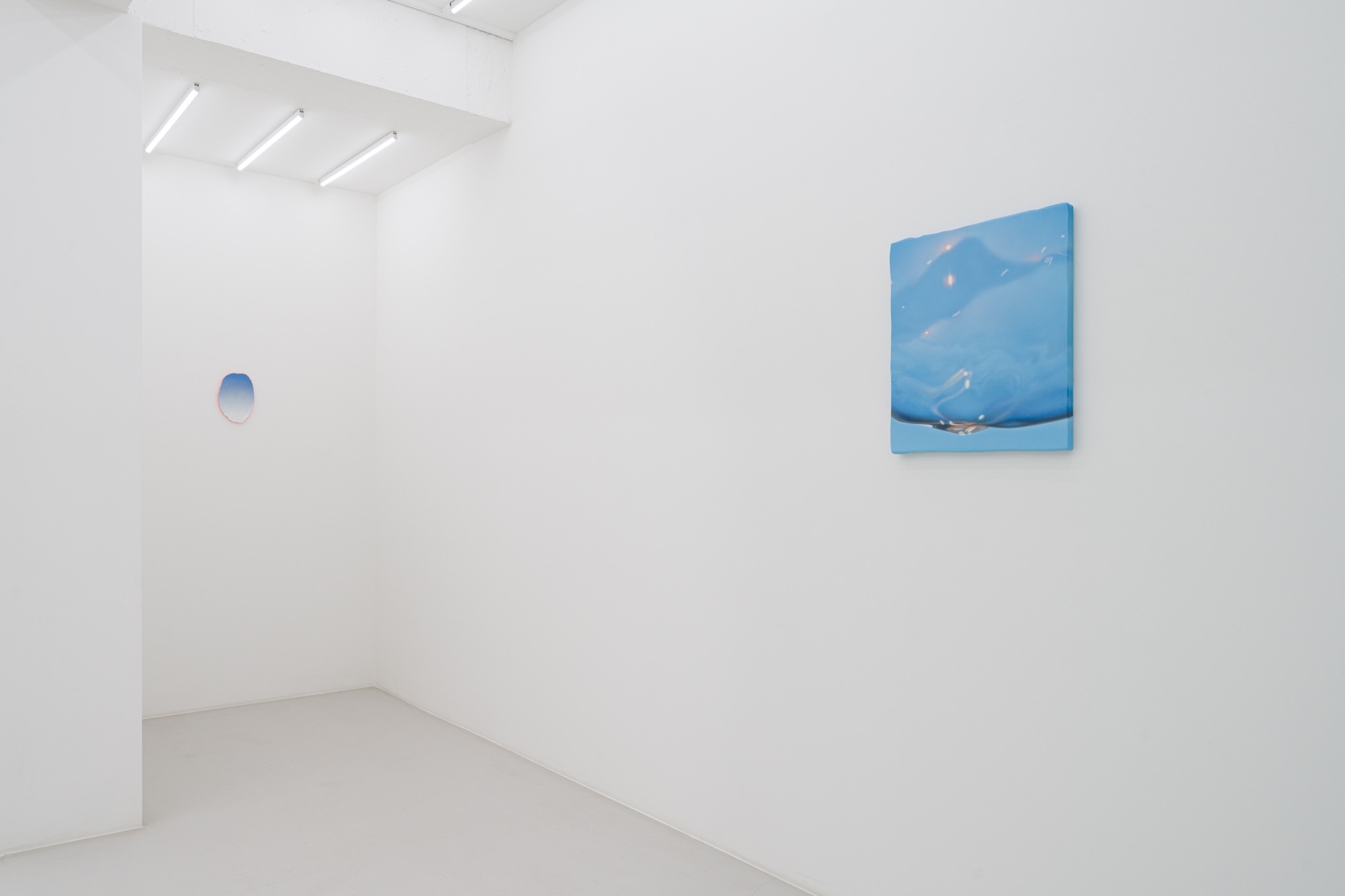
| Period| | 2024.01.12 - 2024.02.17 |
|---|---|
| Operating hours| | (Image Source = thisweekendroom ) |
| Space| | This weekend room |
| Address| | 30, Hannam-daero 42-gil, Yongsan-gu, Seoul, Korea |
| Closed| | Sun, Mon, Tue |
| Price| | Free |
| Phone| | 070-8868-9120 |
| Web site| | 홈페이지 바로가기 |
| Artist| |
필립 로에쉬, 홍성준
|
정보수정요청



|
|
Exhibition Information



Here are images on different surfaces with various masses. If there is weight in illusion, it would not be difficult to compare the difference between the two. However, the illusion is only a shell of an image with a sense of reality. Now it is required to enter the meaning of the representation created by Philip Loersch and Seongjoon Hong. Flip Over explores the power of ambivalence hidden in the artistic practices of these two artists, who are based in Germany and South Korea respectively. Labor-intensive processes are undoubtedly central to their work. Both artists enjoy the intensive process of creating images and their desire and curiosity about the act of drawing/painting are evident in their work. However the images they create imply paradoxical and transpositional characteristics in different ways. Following the phrase from Roland Barthes, their representations hold secrets that scatter the material into the image rather than display it; at the same time they leave room for the raw material to speak for itself.1 In short, they move between form and materiality, interested in dismantling the solidity of culture and logic created by previous generations and discovering a renewed visual vocabulary in between. Loersch has been working on drawings, sculptures and installations that take mathematical formulas, scientific propositions and symbols of cultural origin and give them an aesthetic dimension in his way. He enjoys the flows of free thought that arise between the layers of intellect, creating fine cracks in the logical structures that are created in search of explicit principles or answers. The works in this exhibition, in particular, dismantle the standards of value defined by the legacy of art in the past. Often on the surface of stone or blank pages of books, he persistently draws sections of pages from books on Greek civilization, Donatello, minimalism, color, and more. His work refutes the power and weight of history that books imply while transforming them into unknown objects whose contents can no longer be easily accessed. Solid knowledge is inevitably adjusted in the face of this hyper-realistic mass that cannot be turned over. In addition, stone, paper, and graphite offer a tactile experience as raw materials before being circulated into other symbolic meanings. The artist recognizes that more cultural diversity and room for formative imagination can be absorbed into the work, beyond the letters sealed by the hard surface and heavy mass. On the other hand, Hong’s Illusion, which is infinitely thin and light, is based on the recognition that what is presented in the painting is the result of the combination and progression of numerous commodity materials. He has repeatedly drawn scenes with layers of smooth, thin, or translucent membranes, secretly exposing the flat canvas surface and the materials that compose it. However, he goes a step further and begins to devise a form in which the material utilized as a means of painting on the canvas can stand on its own as a pragma. Interestingly, shadows and reflective light become directly involved in the mixtures presented while being shallowly floated on the wall, and soon another illusion appears around the shape. In other words, he uses this dual mechanism in his works; returning the images he reproduces into the physical conditions of the painting, and extracting the hint of representation from the material itself. This attitude also stems from the sensation gained by traversing between digital interface environments and the physical dimension. The illusions they deal with seek to move away from the rhetorical meaning of the drawing/painting as a window that opens up a virtual dimension. Instead, Loersch digs into the accumulation of texts and visual symbols that solidify the canons of art and culture with his own visual languages, while Hong builds a network of relationships between visual representation and physical experience by extending the characteristics of constantly discovered new painting materials to the characteristics of contemporary environments. Thus, we can diagnose them as meticulous actors who faithfully fulfil one side of the representation, but then flip over to the other side, dreaming of physical combinations and variations that will offset the sanctity of the old discourse. 1 Roland Barthes, “The Wisdom of Art”, Image and Writing, translated by Insik Kim, Seoul:World History, 1993, pp. 27-29. TextㅣJihyung Park (Curator, ThisWeekendRoom) (Source = thisweekendroom )
